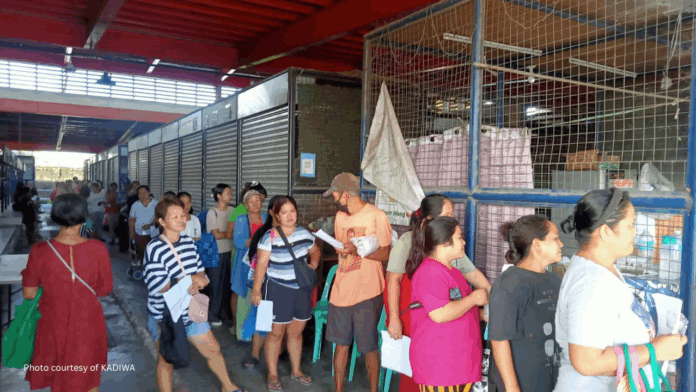With the country’s dependence on the importation of most basic goods, the question of overreliance and the possibility of internal supply inadequacy is on the rise.
Are our local supply chains ready to withstand any form of strain?
Looking back, during the 2020–2022 lockdowns triggered by the COVID-19 pandemic, food supply chains in the Philippines faced severe disruptions. When the Enhanced Community Quarantine (ECQ) began in March 2020, provincial checkpoints and transport restrictions delayed delivery of seeds, fertiliser, vegetables, rice, poultry, and meat.
But the government responded swiftly. Under Republic Act No. 11469, also known as the Bayanihan to Heal as One Act, measures were imposed to penalise hoarding and control prices, and other emergency measures. By April 2021, the Department of Agriculture (DA) reported that food supply remained adequate despite restrictions: rice stocks could sustain 75 days of consumption, while national inventories of vegetables, poultry, and fish were stable.
Today, the situation has stabilised, but long-term vulnerabilities persist. Bottlenecks at checkpoints highlighted limited coordination between LGUs and national directives; farmers continue to face risks from fragmented logistics and price instability.
The government response has shifted to sustainable resilience-building. The DA, in partnership with the Department of Trade and Industry and LGUs, is investing in integrated food clusters—regionally distributed hubs with cold storage and improved farm-to-market roads—to streamline distribution.
Subsidised Kadiwa retail outlets, an effort of the DA through its Agribusiness and Marketing Assistance (AMAS), aim to provide cheaper market alternatives and help farming communities by creating a direct farm-to-consumer food supply chain. These stores now sell locally produced goods to reduce import reliance. Financial aid programmes such as the Rice Farmers’ Financial Assistance and Agricultural Credit and Policy Council loans continue to support farmers. Legal instruments and emergency powers remain in place to deter hoarding and speculative pricing
While the pandemic-era policies prevented a food collapse, the experience revealed deep systemic weaknesses—splintered checkpoints, poor coordination, lack of storage and market linkages—which must now be addressed through infrastructure investment, institutional integration, and support for local agriculture to ensure the resilience of food supply chains.



